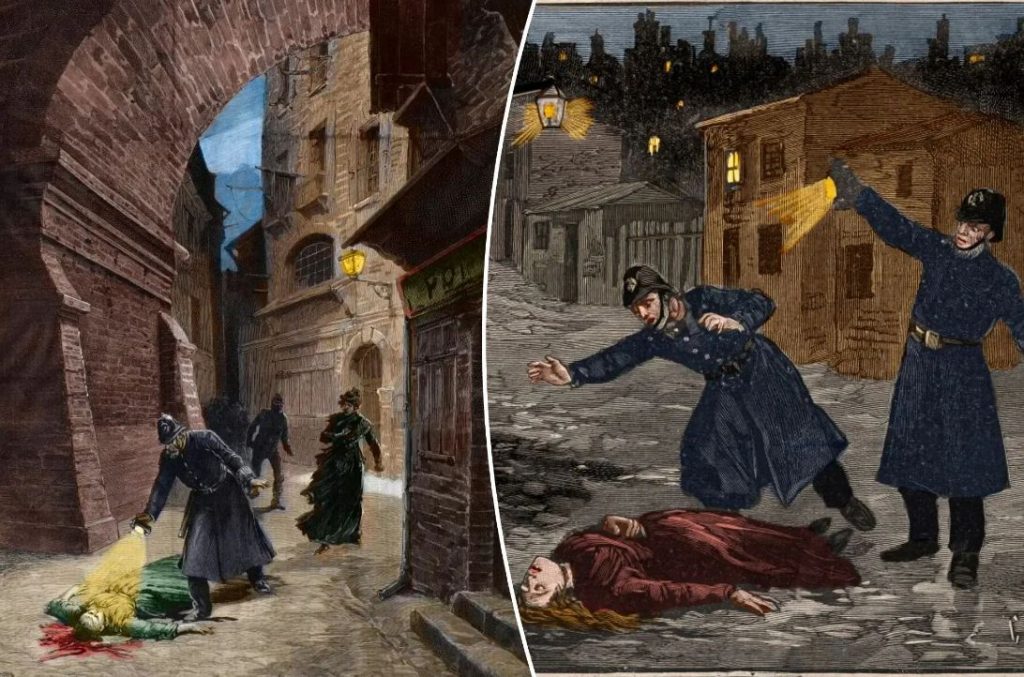The identity of Jack the Ripper the notorious killer who terrorised London in 1888 was unknown. Now, British author Russell Edwards claims that DNA evidence from a blood implicates Aaron Kosminski, a Polish immigrant once considered a suspect.
The Chilling Crimes: The Canonical Five
Between August and November 1888, at least five women—Mary Nichols, Annie Chapman, Elizabeth Stride, Catherine Eddowes, and Mary Jane Kelly—were brutally murdered in London’s East End. The murders were characterised by deep throat slashes and abdominal mutilations, pointing to a killer with some anatomical knowledge. The moniker “canonical five” emerged to describe these linked crimes.

The Shawl and the Serial DNA Match
In 2007, Edwards purchased a shawl purportedly found beside Catherine Eddowes’s body. Lab tests detected blood matching Eddowes’s maternal descendants and semen matching Kosminski’s maternal line, according to mitochondrial DNA analysis. Edwards notes that the semen match was “100%,” leading him to conclude that Kosminski was the Ripper. The shawl’s provenance—allegedly passed down from a policeman present at the crime scene—adds dramatic appeal to the discovery.
Who Was Aaron Kosminski?
Aaron Kosminski was a Polish-Jewish barber living in Whitechapel in 1888. Suffering severe mental illness—paranoid delusions and auditory hallucinations—he was institutionalised in 1891 and died in 1919 from gangrene . He had been considered a possible suspect at the time, although never formally charged.
Supporters Call for a New Inquest
Victims’ descendants—most notably Karen Miller, great-great-great-granddaughter of Eddowes—are urging authorities to open a formal inquest, claiming the DNA provides overdue closure. They argue it’s time to officially name the man behind the crimes. Kosminski’s family also reportedly supports the inquest as a way to set the historical record straight.
Scientific and Legal Controversies
Despite high-profile media attention, key issues remain:
- No peer-reviewed study: The findings haven’t been published in a scientific journal, raising questions about methods and transparency
- Contamination concerns: Archaeogenetics experts argue the shawl’s chain of custody is unreliable, and common mitochondrial profiles limit conclusivity
- DNA limitations: Mitochondrial DNA can only suggest maternal lineage—not conclusive identity—and critics suggest it’s more useful for ruling out suspects .
- Shawl authenticity questioned: Historians note no official record of such a garment at Eddowes’s scene, and professional handler contamination undermines confidence
Next Steps: Will the Case Be Legally Closed?
Edwards’s team is petitioning the UK Attorney General to authorise a new High Court inquest. A prior request was denied in 2022 for lack of fresh evidence. The legal process could finally name Kosminski as the killer or again fall short—but it may determine whether modern science can close an archetypal cold case.

Final Take
The alleged DNA revelation linking Aaron Kosminski to Jack the Ripper is a potential tour de force—blending forensic science, amateur detective work, and legal drama. While evocative and compelling, widespread expert caution remains due to gaps in publication, provenance, and methodology. Whether courts will act on this new evidence remains uncertain, but one thing is clear: the world is riveted by the possibility that a 137‐year mystery may finally meet its answer.

















